When winter rolls around in Georgia, the skies and trees get noticeably quieter. Besides the usual winter birds like cardinals and bluejays, many bird species travel short and long distances to avoid the harsh winter months. Migration is an extremely common phenomenon in land, aquatic, and aerial species and can be observed on every continent. Despite this, our understanding of how it functions is extremely limited. Roughly 40% of all bird species are counted as migratory, and their travel distances can range from a short flight to another forest to a 1,000-mile trip across land and sea to another, usually warmer, region.
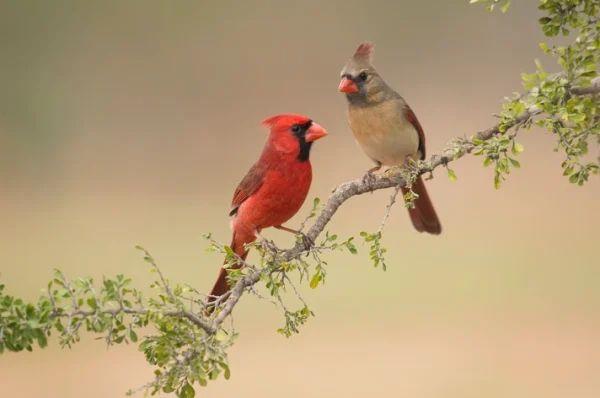
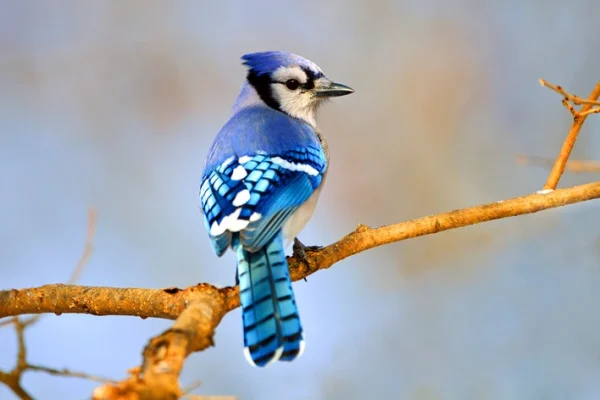
Between the 90 species of Georgian birds that spend their winters in South America and the millions of birds that use our state’s coasts as a rest spot for their travels, Georgia is a hotspot of diverse species of birds. The former, officially referred to as neotropical birds, includes popular species like the red-throated hummingbird, Cerulean warbler, and the Orchard oriole.

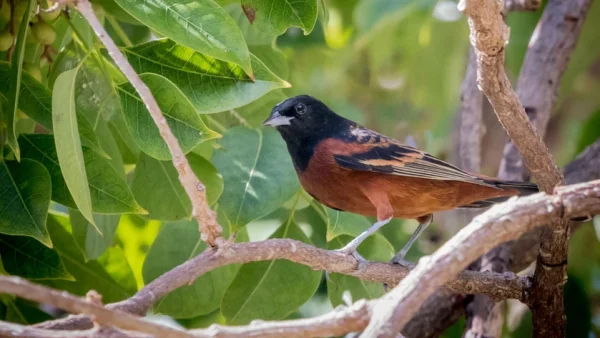
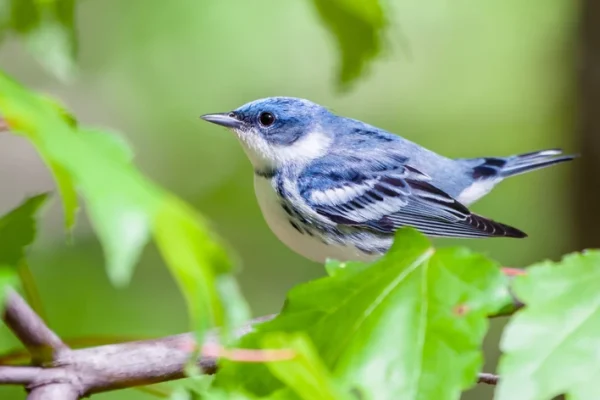
The reason for migration is a simple one; Available food becomes scarce in the winter, so many birds find better breeding grounds south of their usual haunts. The distance and dates of bird migration not only vary between species but environmental conditions and even their sex. Male Ruby-throated Hummingbirds, for example, leave for their breeding grounds several weeks earlier than the females to claim better territory, but then leave earlier than the females after their mating seasons so as to not compete for food with the females and juvenile hummingbirds. While many scientists have theories on how these birds know exactly when to leave and return, there isn’t a clear answer. Some studies have shown that captured migratory birds become restless during the winter months, indicating that migration is an instinctual desire, but most accept the theory that they know based on environmental factors like weather and food scarcity.
Migratory patterns among long-distance migrant birds vary greatly, and despite size or diet, the birds who make these journeys are among those you’d least expect. For example, the Arctic Tern, although smaller than the average species of tern, migrates 25,000 miles from their non-breeding grounds in the Arctic to some parts of Australia and Antarctica.
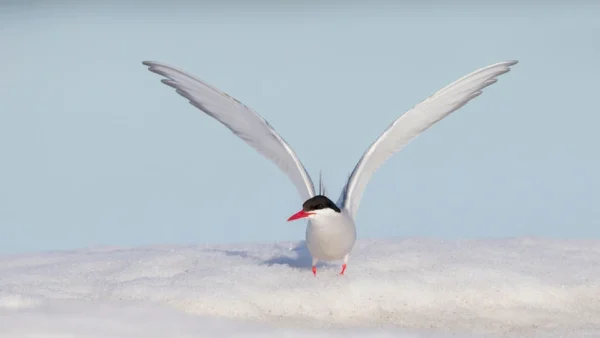
Another long-distance migratory bird that defies logic is the chimney swift, which can be found all over the southeast, but is especially prevalent in Georgia. While notable for their strange nesting behaviors from which they get their name, this bird also travels 10,000 miles round trip from the southeast coast to central America and sometimes Brazil. Although these numbers might not seem like much, these trips are the equivalent of running thousands of miles for 4 days with limited sleep and sustenance. (pic of Swift) Some birds combat these difficult conditions by sleeping during flight or taking several days-long breaks on southern coasts or small islands, but others have far more unique tactics. Swainson’s thrush, among other birds, can shut off portions of their brain while in flight for about 10 seconds and can get up to 45 minutes of sleep a day. The Bar-tailed Godwit, a species that competes with the arctic tern for the longest-traveling migrant bird, has a special ability that enables its nonstop migration from Alaska to New Zealand. Weeks before their migration window, the godwit will shrink its organs by 25% and grow their heart and wing muscles to be able to power through the flight. This is referred to as autophagy or autocannibalism, and the bird reverts back to its original flesh distribution after the flight.
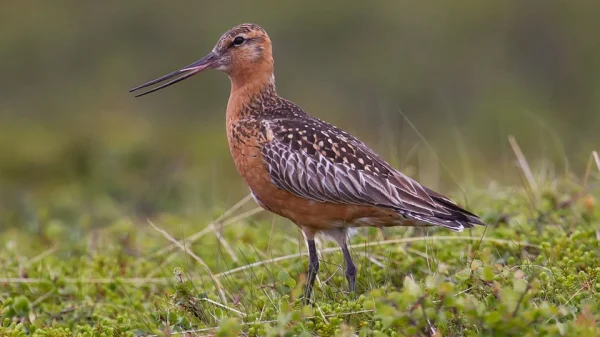
All over the globe, various organizations work tirelessly to track and identify where and how birds move through the world during the fall and winter seasons. This work is vital in locating and preserving special breeding grounds so birds can take care of their young and exist undisturbed. While we often don’t pay attention to the constantly changing environment of our home, it’s important to protect and preserve these natural behaviors so generations after us can continue to admire these fascinating creatures.





























